Home
3 Shades of Blue: Miles Davis, John Coltrane, Bill Evans, and the Lost Empire Cool
Barnes and Noble
3 Shades of Blue: Miles Davis, John Coltrane, Bill Evans, and the Lost Empire Cool
Current price: $22.50
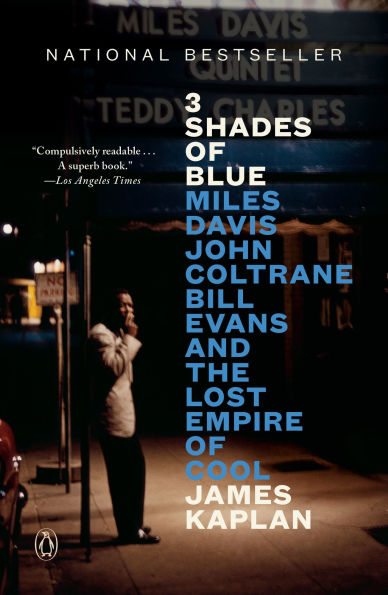

Barnes and Noble
3 Shades of Blue: Miles Davis, John Coltrane, Bill Evans, and the Lost Empire Cool
Current price: $22.50
Size: Audiobook
Loading Inventory...
*Product information may vary - to confirm product availability, pricing, shipping and return information please contact Barnes and Noble
The National Bestseller• One of
The Minneapolis Star Tribune
's Best Books of the Year
“A superb book...[Kaplan is] a master biographer, a dogged researcher and shaper of narrative, and this is his most ambitious book to date.” —
Los Angeles Times
From the author of the definitive biography of Frank Sinatra, the story of three towering artists—Miles Davis, John Coltrane, and Bill Evans—and how they came together to create the most iconic jazz album of all time,
Kind of Blue
In 1959, America’s great indigenous art form, jazz, reached the height of its power and popularity. James Kaplan’s magnificent
3 Shades of Blue
captures how that golden era came to be, and its pinnacle with the recording of
. It’s a book about music, and business, and race, and heroin, and the cities that gave jazz its home, and the Black geniuses behind its rise. It’s an astonishing meditation on creativity and the strange environments where it can flourish most. It’s a book about the great forebears and founders of a lost era, and the disrupters who would take the music down truly new paths. And it’s about why the world of jazz most people know is a museum to this never-replicated period.
But above all,
is a book about three very different men—the greatness and varied fortunes of Miles Davis, John Coltrane, and Bill Evans. The tapestry of their lives is, in Kaplan’s hands, a national odyssey with no direction home. It is also a masterpiece, a book about jazz that is as big as America.
The Minneapolis Star Tribune
's Best Books of the Year
“A superb book...[Kaplan is] a master biographer, a dogged researcher and shaper of narrative, and this is his most ambitious book to date.” —
Los Angeles Times
From the author of the definitive biography of Frank Sinatra, the story of three towering artists—Miles Davis, John Coltrane, and Bill Evans—and how they came together to create the most iconic jazz album of all time,
Kind of Blue
In 1959, America’s great indigenous art form, jazz, reached the height of its power and popularity. James Kaplan’s magnificent
3 Shades of Blue
captures how that golden era came to be, and its pinnacle with the recording of
. It’s a book about music, and business, and race, and heroin, and the cities that gave jazz its home, and the Black geniuses behind its rise. It’s an astonishing meditation on creativity and the strange environments where it can flourish most. It’s a book about the great forebears and founders of a lost era, and the disrupters who would take the music down truly new paths. And it’s about why the world of jazz most people know is a museum to this never-replicated period.
But above all,
is a book about three very different men—the greatness and varied fortunes of Miles Davis, John Coltrane, and Bill Evans. The tapestry of their lives is, in Kaplan’s hands, a national odyssey with no direction home. It is also a masterpiece, a book about jazz that is as big as America.
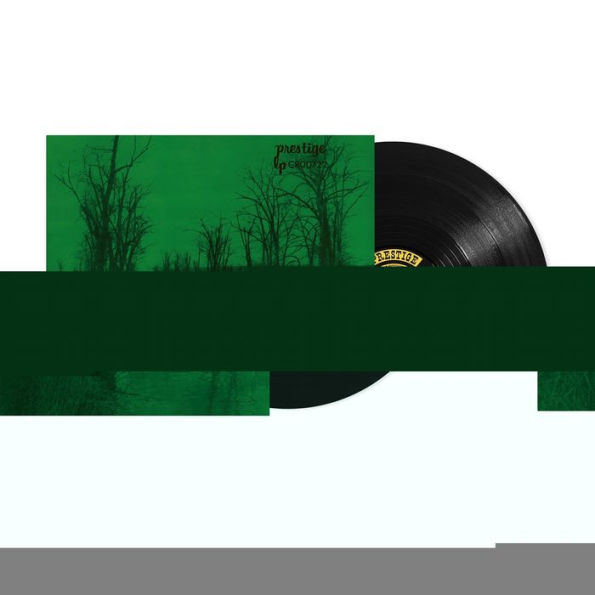
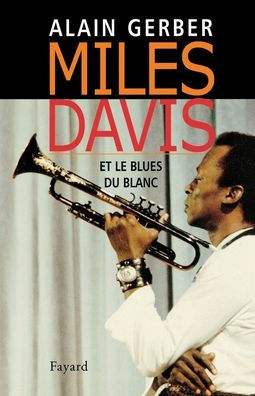
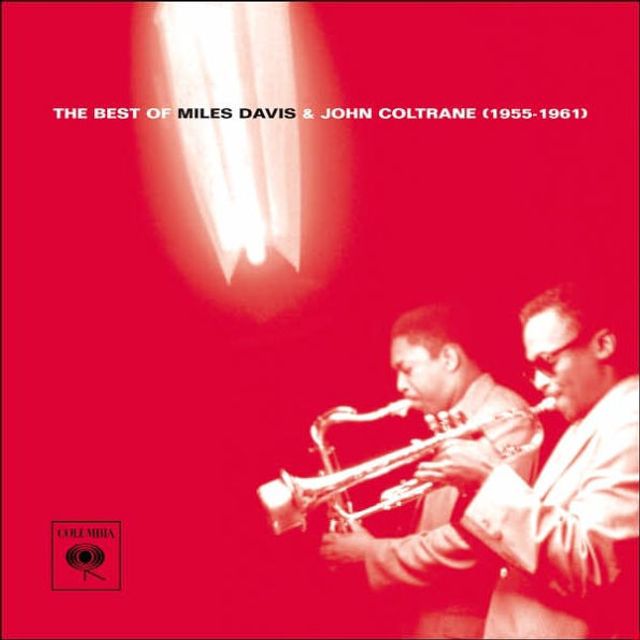



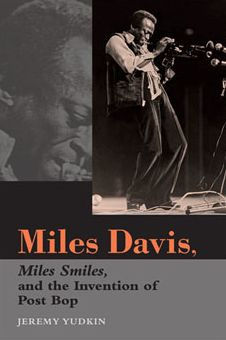
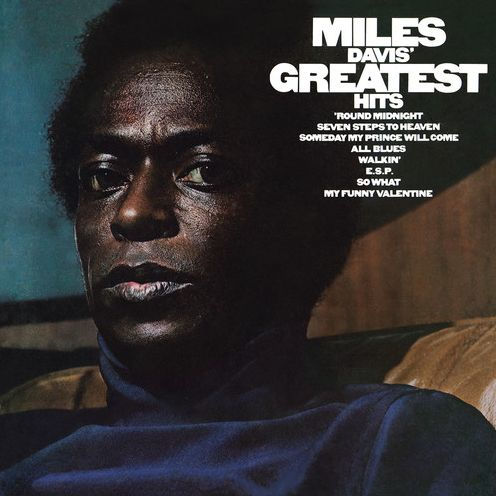
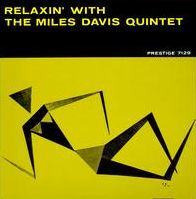
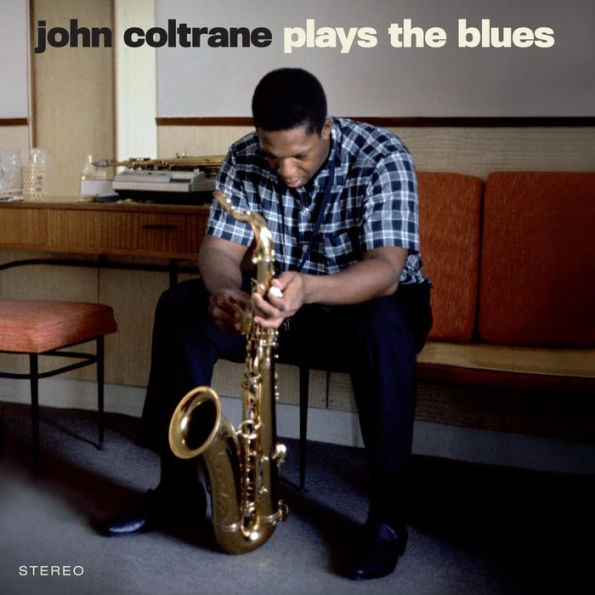
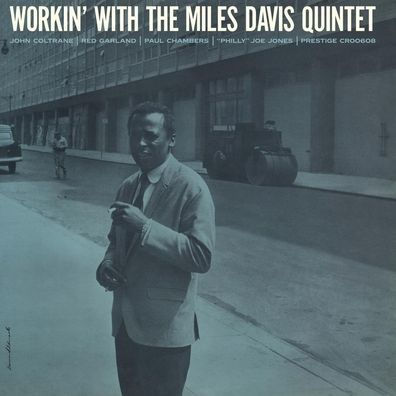
![Trio Fascination: Edition One [Blue Note Tone Poet Series]](https://prodimage.images-bn.com/pimages/0602445262205_p0_v1_s600x595.jpg)






